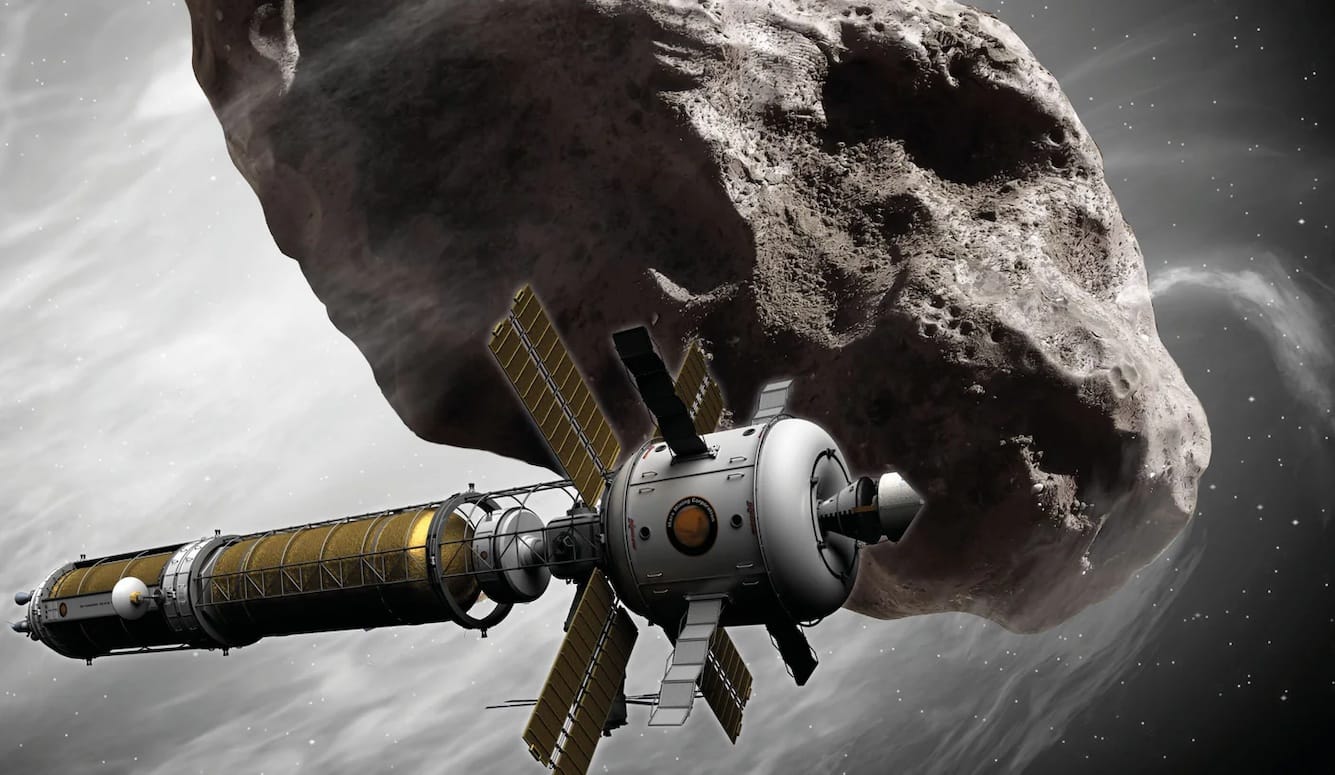Space Travel
Space: The Ultimate (Boardgaming) Frontier
A homage to Phil Eklund’s masterpiece, High Frontier, on its twenty-fifth birthday.

This year marks the twenty-fifth anniversary of High Frontier, the space-travel-themed boardgame first marketed by German-American aerospace engineer Phil Eklund under the name Rocket Flight back in 1999. As games go, High Frontier is long, complicated, and difficult to master. There’s lots of math. And success requires painstaking analysis and preparation—which can all be undone in an instant by even the slightest oversight or miscalculation. In other words, it’s a lot like real-life rocketry.
This isn’t the first time I’ve gushed to Quillette readers about Eklund’s genius. Back in 2019, I wrote at length about his Nordic-survival-themed game, Greenland, co-created with Philipp Klarmann. That game situates players in eleventh-century Grœnland, amid a tooth-and-claw struggle featuring Norsemen, Inuit, Tunit (an ancient, but now extinct ice-fishing people, often referred to as Dorset), and their elusive prey. It was the experience of playing Greenland that first got me interested in Indigenous history—which, in turn, led to the Nations of Canada series that Quillette’s been publishing since mid-2023.

Whatever one thinks of the actual gaming experience that Eklund’s unique creations provide, he always delivers fascinating lessons in history and science along the way. Pax Renaissance, which Eklund designed with his son Matt, casts players as bankers seeking to profitably manipulate the religious and political turmoil of sixteenth-century Europe. Pax Porfiriana models the Mexican political struggle that took place during the twilight of Porfirio Díaz’s dictatorship. Pax Pamir (co-created with Cole Wehrle) centres on Afghan tribes playing Great Game power politics with Russian and British colonial invaders.






